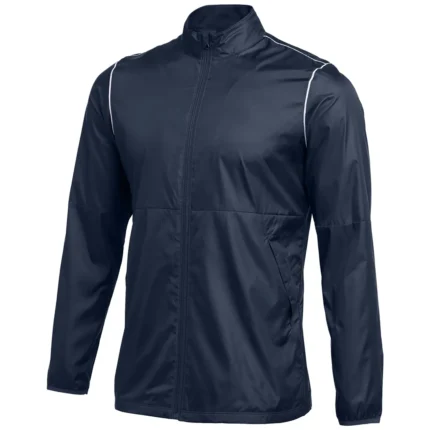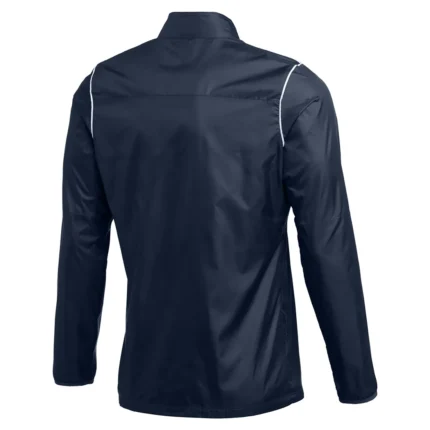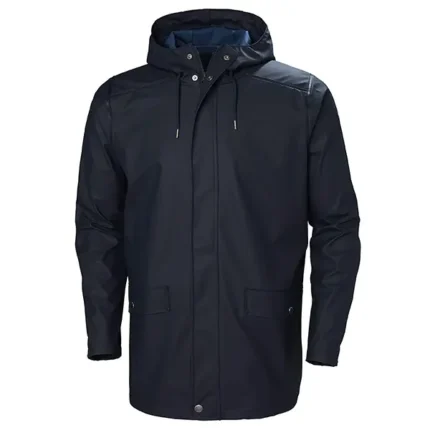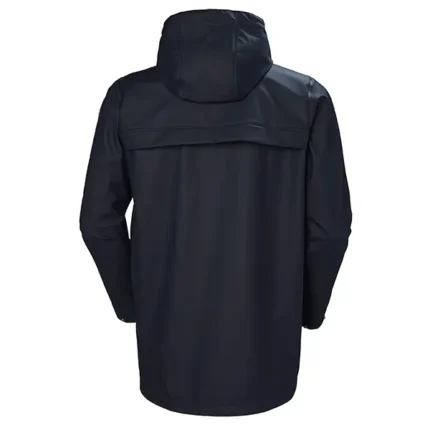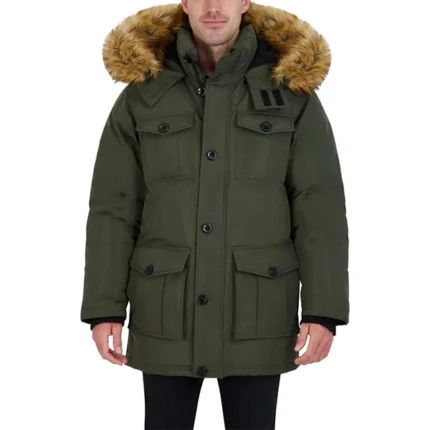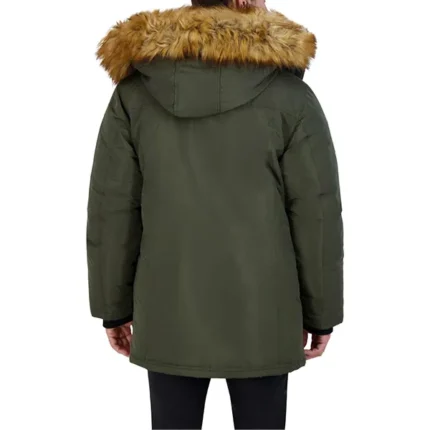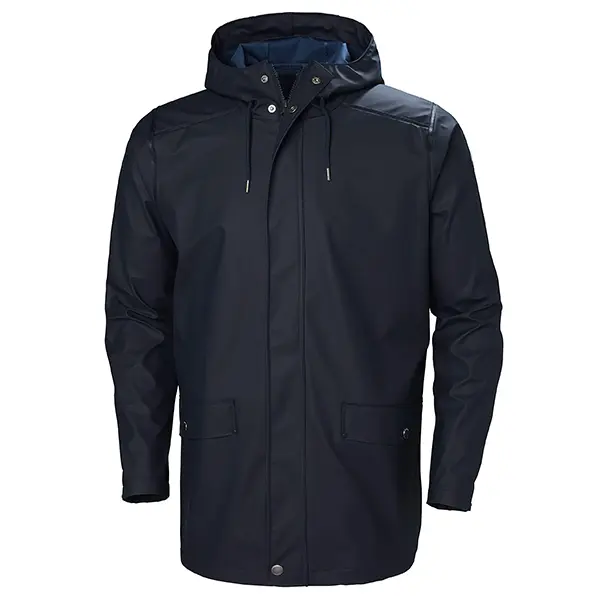Men's Rain Jackets
Men’s rain jackets deliver lightweight protection without sacrificing style. Designed to keep you dry during unpredictable weather, they adapt seamlessly to both city life and outdoor adventures. Our collection blends modern fits with practical performance. Every rain jacket reflects refined finishing and superior-grade materials, ensuring dependable resistance to the elements while keeping your look effortlessly sleek.
High-Performance Waterproof Running Athletic Track Jacket
Original price was: $159.99.$109.99Current price is: $109.99.
Select options
This product has multiple variants. The options may be chosen on the product page
Men’s Polyurethane Rain Jacket
Original price was: $226.99.$166.99Current price is: $166.99.
Select options
This product has multiple variants. The options may be chosen on the product page
Men’s Winter Parka Jacket Windproof Waterproof Fur Coat
Original price was: $236.99.$176.99Current price is: $176.99.
Select options
This product has multiple variants. The options may be chosen on the product page

